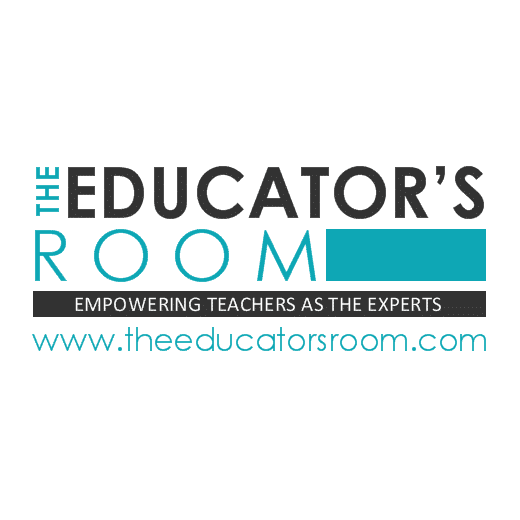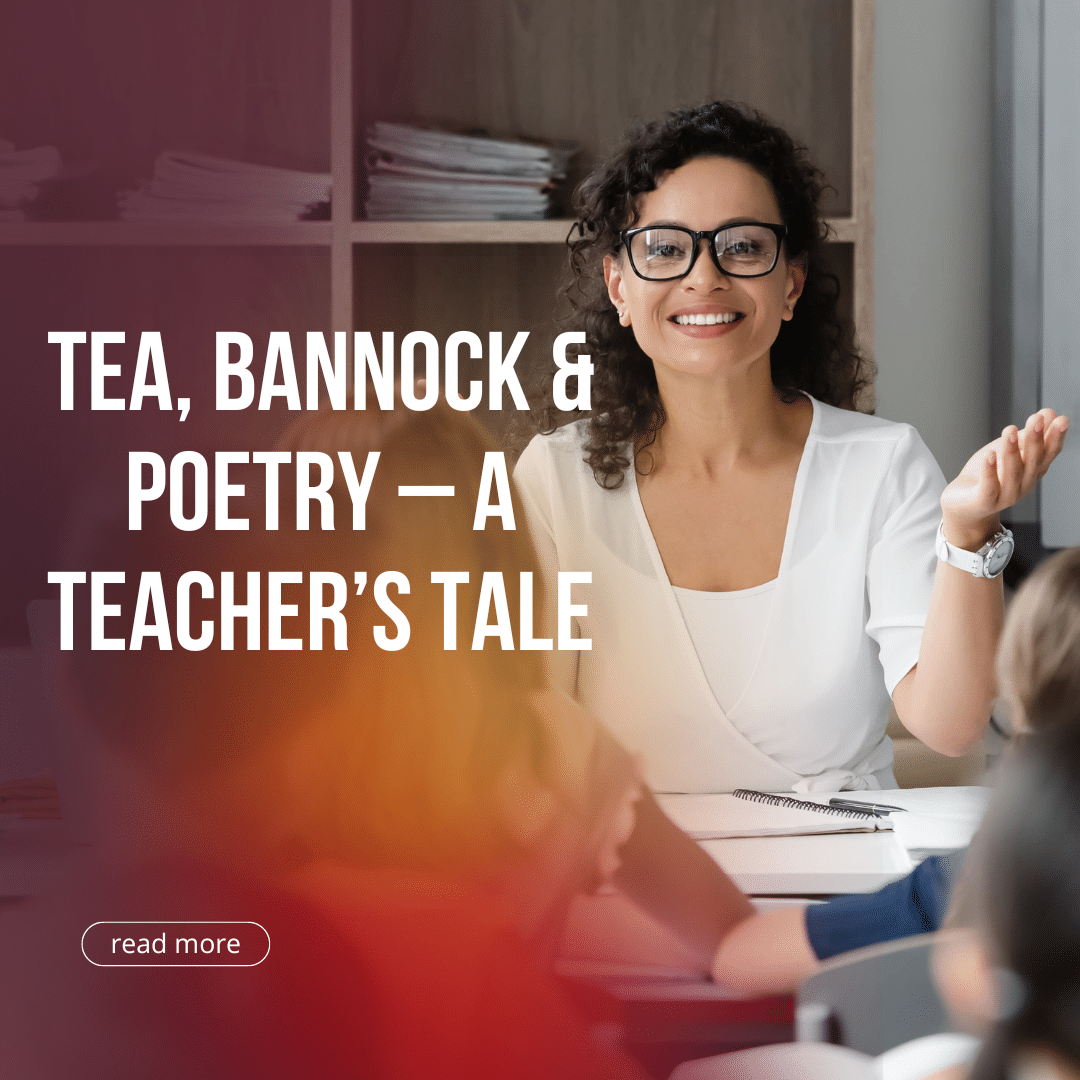I pulled into the parking lot and parked in my usual place. I was always early, and there was only one other car in the parking lot. I hopped out and got my extension cord to plug in the block heater. The cord was still frozen and had to be carefully untangled. The drive to work was barely long enough to warm the car, let alone the cord.
Once I was sure it was plugged in, I grabbed my bags and crunched through the snow to the door.
It had warmed up to -25C, and it felt good to breathe without having to gasp for breath. I was thankful for my mukluks that kept my feet warm. The sun was still a long way from rising, and the darkness was cold but calm.
I fumbled with my keys, not wanting to take my mitts off. This never worked, and I ended up taking them off anyways. The lock was always stiff with cold, and the door was heavy. I heaved it open and headed down the long hallways, filled with inspirational quotes, student work, and information about upcoming school events.
I reached my classroom at the end of the hall and opened my door. I flicked on the lights and looked around. My room was never meant to be a classroom but instead a meeting room. It was smaller than most rooms, but we still crammed 30 adolescents and sometimes two adults into the room every day.
I took off my jacket and mitts, switched to my shoes, and sat down at my desk. I turned on my computer and checked my emails. Nothing earth-shattering this morning, thank goodness. It was going to be a busy day as it was.
I looked around my desk, covered with sticky notes and papers. I checked my day plan, we were doing “tea and bannock” today to wrap up our poetry unit. I was a little nervous. Serving tea to 90 grade 7’s was going to be an undertaking. Thankfully I had a fantastic team of teachers who were excited about it and willing to take time from their day to help me.
We liked to do group activities with the three groups of grade 7 students. It gave them a chance to talk to one another and enjoy a positive classroom experience. For some, the school was not always a happy place. For others, the school was the only safe place.
I checked what needed to be photocopied and grabbed a few papers. I liked to get it done early before someone went and jammed the machine. I left my room and stepped back into the hallway. Students were starting to arrive and stood in the hallways waiting for teachers to unlock their doors.
The day was getting started. Some of my students were at my door when I got back from (successfully) photocopying, and I let them into the room. They chitter-chattered as they took off their boots and put things in lockers. Many of them still with bed heads and in the same sweater as the day before.
I wrote the daily schedule on the board and answered questions about when we were going to have our tea. Adolescents think with their stomachs and weren’t going to miss out on the food! We were doing the activity in the afternoon for a few reasons. First of all, it was a good way to wind down a Friday. Second of all, kids tend to be hungry in the afternoon and don’t learn well on an empty stomach.
Tea and bannock are a traditional food of the Woodland Cree. Typically bannock is fried, but we baked ours to save time. We were serving it with butter and jam and had a selection of tea that ranged from blueberry to regular black tea.
The school I worked at was fantastic for supporting activities like this one. There were funds we could access to pay for the supplies and extra help if we needed it. Trying to bring culture into the classroom was one of our top priorities, so we liked to find ways to do it.
Next month we were taking the kids out on the lake to snowshoe to the school cabin. It was an 18km round trip hike through deep snow. We were waiting until March when it would be warmer, but not at the point of thaw yet.
Our students were mainly FNIM (First Nations, Inuit, or Metis). With a few exceptions here and there. I was new here. I had some experience working with Aboriginal students, along with a handful of university courses, but I had a lot to learn. I was even learning Cree words and trying to use them when I could.
I had grown up in urban/suburban southern Ontario. An area that is rich in multiculturalism. I had spent time teaching in downtown Toronto and thought I had a good handle on teaching students from different backgrounds. I was wrong. It isn’t just culture that impacts a student but their home life.
The trauma and uncertainty that some of my students had experienced by twelve years old were more than I would see in my entire life. And I needed to teach them. More than that, I needed to reach them and support them in everything they did, not just class work.
I taught ELA (English Language Arts). A subject that can be considered “boring” and a real struggle for students. If you are reading this article, you should thank a language teacher.
English is a tricky language to learn, even if it is your native tongue. It’s even trickier to teach, especially when you are trying to meet the needs of diverse learners. Bringing culture into my English teaching was incredibly important.
These students were living in the North. They had parents, grandparents, aunts, and uncles who spoke Cree (or Dene), and they had a rich heritage I wanted to honor. So I tried to bring it into my language class.
This is what leads to “Tea & Bannock.” We had completed a poetry unit, and I wanted my students to share their work in a safe environment. What better way to make them feel comfortable than with food and drink?
So I took up the challenge and planned an event that would encompass curriculum, fun, and culture.
We set up each of the homerooms by pushing desks to the side, and everyone took their favorite poems, set them up on display, and walked around to read each other’s work. No pressure. If they had a piece of poetry they didn’t like, they didn’t have to display it. I wanted my students to have autonomy over their work.
We set the tea and bannock up so students could serve themselves. They wandered around the room, talking to one another, reading poems, and filling their stomachs.
It was a pleasant afternoon. The room buzzed with the excitement of doing something out of the norm. And they shared their hard work. They were proud of what they had done and wanted to show friends and classmates. The funny poems got a laugh, while the deeper poems left others in thought.
The effort that went into the afternoon was worth it. The unit ended on a high note.
I breathed a sigh of relief as we put chairs and desks back and students packed their bags for home. My fellow teachers commented on the success and enjoyment their class had with the mini-event. We discussed getting class sets of real tea cups and doing this again a few more times.
I sighed when I finally sat down at my desk. The sun was going down, and the pink sky shone through my windows. It had been a good day.
I found a small way to bring culture into my lesson. My students left feeling content and happy. For preteens, this is a big deal. Most importantly, we were learning.
I was learning from them, and they were learning from me. I wanted my students to know I cared about them and where they came from. I wanted them to find meaning in what they were learning. I wanted the dark days of winter to be filled with enjoyable activities.
As I packed my bag and headed out the door, I looked back at the small room. It housed more than just desks and chairs. It was a place where people came together to share ideas. It’s where learning happened. It’s where risks were taken. It’s where tea and bannock were served on a chilly afternoon to give students a chance to share their work. That was the kind of classroom I wanted, where culture met curriculum. And today, I was one step closer to fulfilling that goal.


Alyssa is a teacher-turned-stay-at-home mom. She taught a variety of subjects in several Canadian provinces before settling down to be home with her boys. In her spare time, she writes, bakes, and enjoys being outside.







A beautiful story of your important work, Alyssa. So glad you and your young students got to share this special learning event.